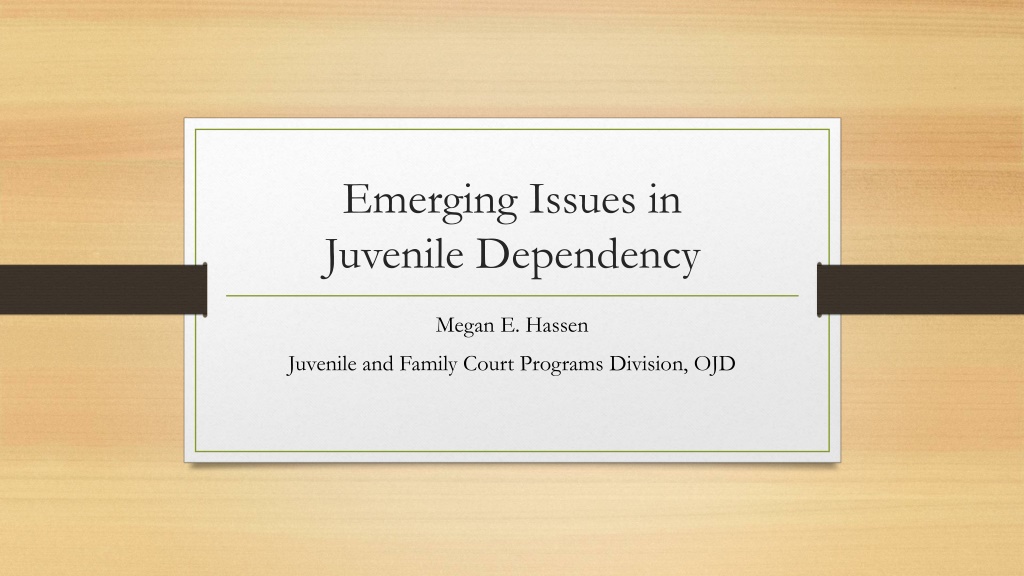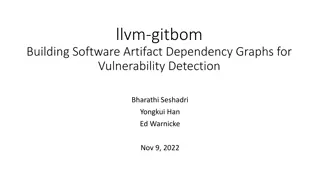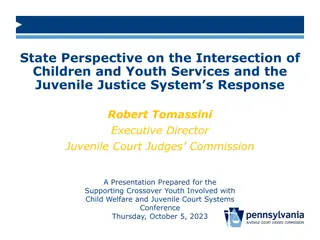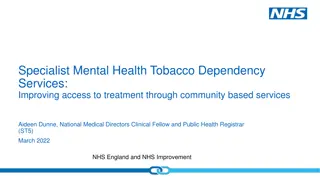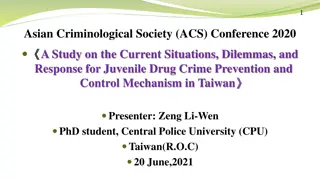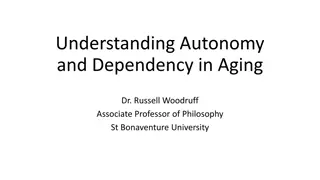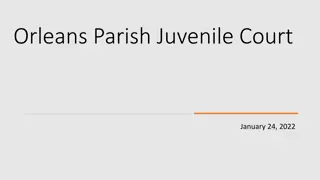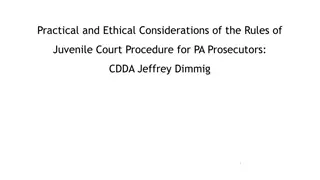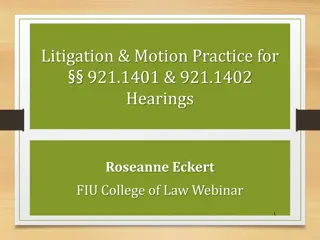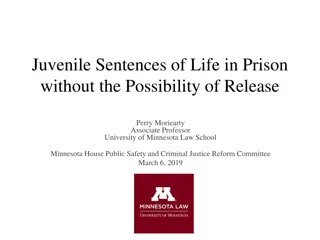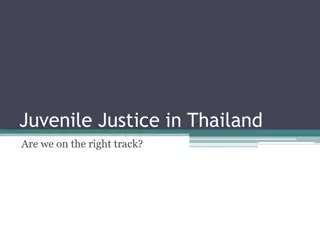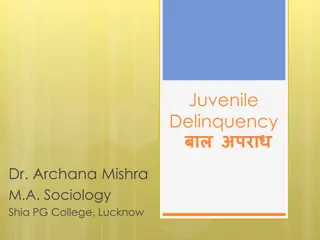Emerging Issues in Juvenile Dependency
In the realm of juvenile dependency, various issues such as pre-petition concerns, protective custody orders, and prevention services are vital considerations. Changes in the statutory standards in Oregon and the impact of the Family First Prevention Services Act of 2018 are highlighted. The concept of prevention services, their types, eligibility criteria, and the shift towards trauma-informed care are essential components to address the welfare of at-risk children and families.
Download Presentation

Please find below an Image/Link to download the presentation.
The content on the website is provided AS IS for your information and personal use only. It may not be sold, licensed, or shared on other websites without obtaining consent from the author.If you encounter any issues during the download, it is possible that the publisher has removed the file from their server.
You are allowed to download the files provided on this website for personal or commercial use, subject to the condition that they are used lawfully. All files are the property of their respective owners.
The content on the website is provided AS IS for your information and personal use only. It may not be sold, licensed, or shared on other websites without obtaining consent from the author.
E N D
Presentation Transcript
Emerging Issues in Juvenile Dependency Megan E. Hassen Juvenile and Family Court Programs Division, OJD
Pre-Petition Issues Protective Custody Orders Prevention Services
Protective Custody Current Oregon statutory standard (without court order): ORS 419B.150 A child may be taken into protective custody: When the child s condition or surroundings reasonably appear to be such as to jeopardize the child s welfare; or When it reasonably appears that the child has run away from home.
Protective Custody Proposed standard: LC 821 A child may be taken into protective custody when there is reasonable cause to believe that: There is an imminent threat of severe harm to the child The child poses an imminent threat of severe harm to self or others; The child is a run away; or There is an imminent threat that the child s parent or guardian will cause the child to be beyond the reach of the juvenile court, and : There is an imminent threat of severe harm to the child; or The child poses an imminent threat of severe harm to self or others.
Family First Prevention Services Act of 2018 Amends Title IVE of the Social Security Act Fundamental policy shifts: Adds funding stream for prevention services Restricts funding for non-qualifying placements in congregate care Implementation date for prevention services and congregate care limits: October 1, 2019 (unless state requests delay)
Prevention Services Type: Mental health services Substance abuse prevention and treatment In-home parent skill-based programs Must be trauma informed Promising, supported, or well supported
Prevention Services Eligibility: Children at imminent risk of placement in foster care and their parents or kinship caregivers; Pregnant and parenting youth in foster care No income test requirement Time limited 12 month period No limit to how many times a child or family can receive prevention services.
This Photo by Unknown Author is licensed under CC BY Congregate Care Limitations
Family First Prevention Services Act Limitations Creates new Title IVE funded placement categories: Foster family home (limited to six children with exceptions) Placement with a parent in a licensed residential family-based substance abuse treatment facility (no income test; IV-E funding for up to 12 months) Child care institution: Qualified residential treatment program Setting specializing in providing prenatal, post-partum or parenting supports for youth Independent living setting (18 or over) High quality residential care to victims of sex trafficking No prevention funds for states without congregate care limits!!!
Qualified Residential Treatment Programs Requirements: Trauma informed treatment model designed to address the needs of children with serious emotional or behavioral disorders Has registered or licensed nursing staff available 24 hours a day and 7 days a week Engages family participation in child s treatment (to the extent appropriate and consistent with the child s best interests) and facilitates outreach to family members Provides discharge planning and family based aftercare support for at least 6 months post- discharge Licensed and accredited
Qualified Residential Treatment Programs Additional requirements for federal funding: Assessment within 30 days of placement to determine where the needs of the child can be most effectively met. State must assemble family and permanency team for child; team must be engaged during the assessment process. If the assessor determines the child should not be placed in a foster family home, s/he must provide written statement why child s needs can t be met in foster home (shortage of foster homes not a reason)
Qualified Residential Treatment Programs New Court Review Requirement (w/in 60 days of placement) Court must determine: whether the needs of the child can be met in a family foster home, or if not, whether placement in QRTP provides the most effective and appropriate level of care for the child in the least restrictive environment and whether that placement is consistent with the short and long term goals for the child in the child s permanency plan If court doesn t approve the child s placement, transition funding lasts for 30 days. If the court doesn t complete the review within 60 days, funding lasts only for the first 60 days the child is in that placement.
Placement Crisis Juvenile Justice Mental Health Task Force PSU Study A.R., et al. v. State of Oregon et al., Federal Court Settlement Youth with Specialized Needs Workgroup Senate Bill 1 (2019)
Thank you! Questions? Contact Megan Hassen at 503.986.4511 or Kristen Farnworth at 503.986.6403
